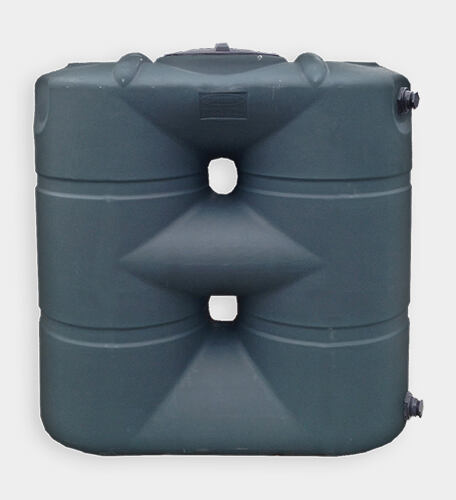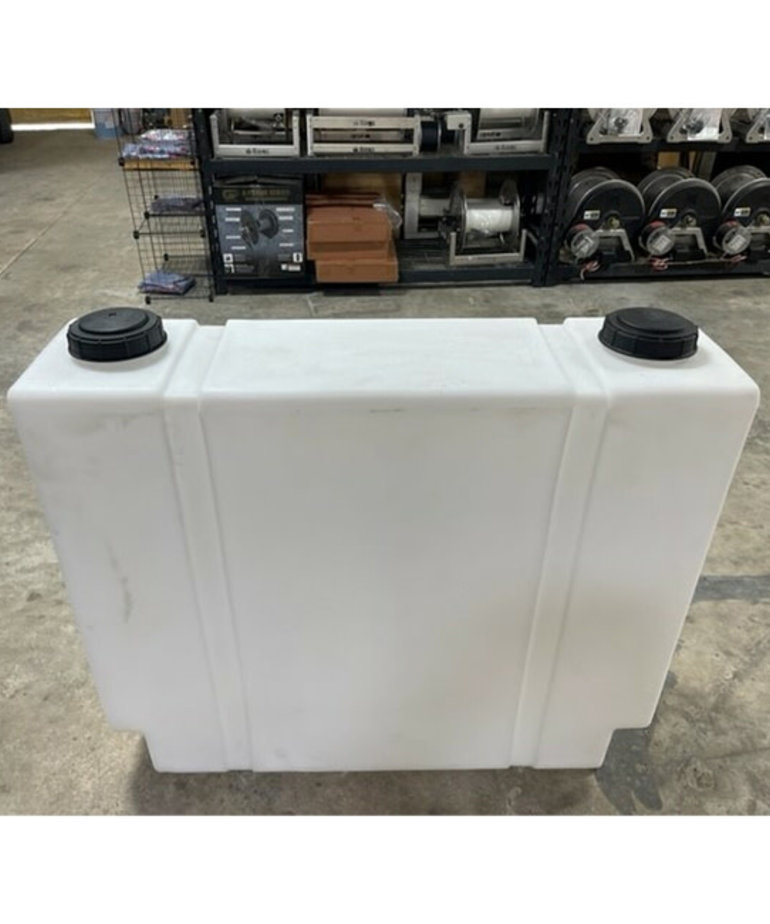Slimline Water Tanks: Space-Saving Solutions for Tiny Characteristics
Slimline Water Tanks: Space-Saving Solutions for Tiny Characteristics
Blog Article
Understanding the Significance of Rain Storage Tanks in Drought-Prone Regions for Water Safety
In areas at risk to extended dry spells, the function of rainwater containers in reinforcing water safety is a topic of growing importance. As communities grapple with the challenges of water scarcity, understanding the relevance of these containers exceeds simple collection of rainwater. Rain tanks work as an important tool in mitigating the impact of water lacks by providing a sustainable source of water for various needs. The true value of rain storage tanks extends much past simple storage; it encompasses resilience-building actions and the promo of long-lasting water conservation strategies. This diverse approach to water safety warrants a more detailed examination of the function rain tanks play in making certain a trustworthy water throughout times of dry spell.
Advantages of Rain Containers
Making use of rain storage tanks uses a lasting option for increasing water system and improving water safety and security in domestic and commercial settings. Among the key benefits of rainwater tanks is their capacity to lower dependence on keys water supply. By capturing and keeping rainwater that falls on roofs, this alternate resource can be made use of for numerous non-potable objectives such as irrigation, flushing commodes, and washing garments. This not just preserves treated drinking water yet likewise decreases water bills for individuals.

Rain Harvesting Strategies
Rainwater collecting techniques incorporate an array of approaches made to successfully accumulate and save rain for numerous functions, contributing to water conservation and sustainability. One more prominent technique is the usage of above-ground or below ground storage space tanks to keep rain for later usage.

Additionally, rain gardens and absorptive pavements are cutting-edge techniques that entail landscape design or paving surfaces in a manner that allows rain to percolate into the ground, restoring groundwater reserves. Furthermore, contour farming and terracing are agricultural practices that help capture rain and stop soil erosion in uneven terrain. By applying these diverse rainwater harvesting techniques, neighborhoods can boost water safety and resilience in drought-prone regions while advertising lasting water monitoring practices.
Relevance of Water Safety And Security
Making sure dependable access to tidy and sufficient water resources is vital for maintaining human wellness, financial development, and environmental wellness. Water protection is a vital facet of social strength, particularly in regions vulnerable to dry spells and water deficiency. Ample water security encompasses various dimensions, including accessibility, high quality, find out and availability of water for residential, farming, commercial, and environmental needs.
Water protection plays a critical duty in promoting public wellness continue reading this by decreasing the frequency of waterborne conditions and guaranteeing hygiene centers. Financially, water protection is vital for farming productivity, commercial operations, and total financial growth. Slimline water tanks. Water safety and security is carefully linked to environmental sustainability, as it sustains communities, biodiversity, and overall eco-friendly equilibrium.
In drought-prone areas, water safety and security comes to be much more essential because of the enhanced risk of water shortages. Executing strategies like rain harvesting, water recycling, and effective water management methods can substantially improve water safety and security in these locations. By prioritizing water safety and security, neighborhoods can much better stand up to the influences of environment modification, population growth, and other challenges that intimidate water schedule.
Enhancing Water Durability
With increasing worldwide water obstacles, building durability in water supply has ended up being an essential emphasis for lasting development efforts. Enhancing water durability entails executing methods to ensure water availability and high quality despite transforming environmental conditions, such as droughts, floods, and air pollution.
One key element of boosting water durability is promoting the usage of rainwater tanks in drought-prone regions - Slimline water tanks. Rain tanks work as an efficient ways of capturing and saving rain for later use, minimizing reliance on limited freshwater resources during dry durations. By including rainwater harvesting systems right into water administration strategies, communities can boost their capacity to stand up to water shortage and maintain water protection

Lasting Water Preservation
Among rising water obstacles, the sensible administration of water sources with sustainable conservation practices is vital for guaranteeing long-lasting environmental security and social wellness. Sustainable water conservation entails the reliable usage of water sources to satisfy current demands without endangering the capability of future generations to satisfy their own needs. By carrying out methods such as rainwater harvesting, greywater recycling, and water-efficient technologies, areas can minimize water wastage and alleviate stress on freshwater sources.
Furthermore, lasting water conservation practices add to ecosystem health by keeping appropriate water levels in rivers, lakes, and marshes, supporting biodiversity, and maintaining natural habitats. These methods also play a critical function in mitigating the influences of climate adjustment by helping to adjust to changing rainfall patterns and water availability.

Conclusion
In conclusion, rain storage tanks play an important role in boosting water safety and resilience in drought-prone areas. By using rainwater harvesting strategies, neighborhoods can reduce their dependence on conventional water resources and promote lasting water preservation practices. This not just helps minimize the effects of water scarcity during droughts however also adds to long-term water safety and resilience despite climate modification challenges.
Report this page